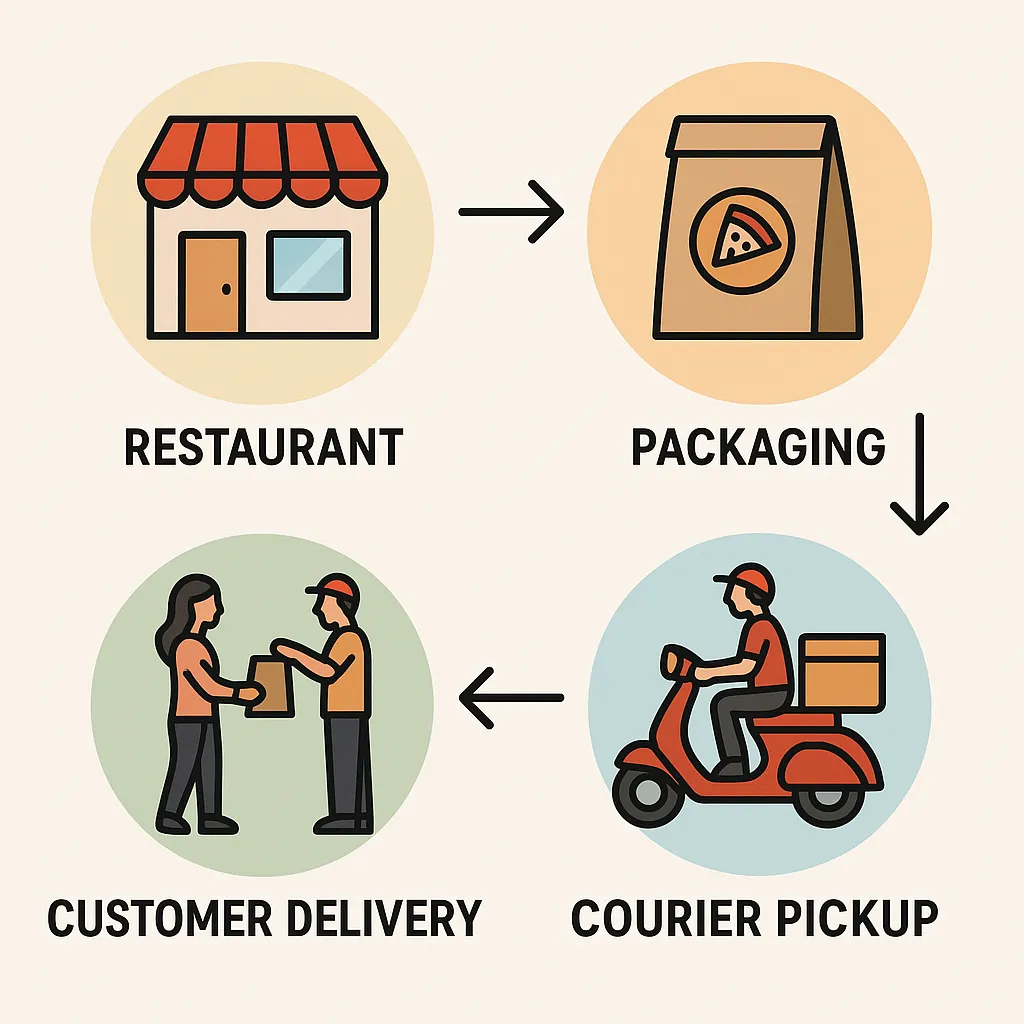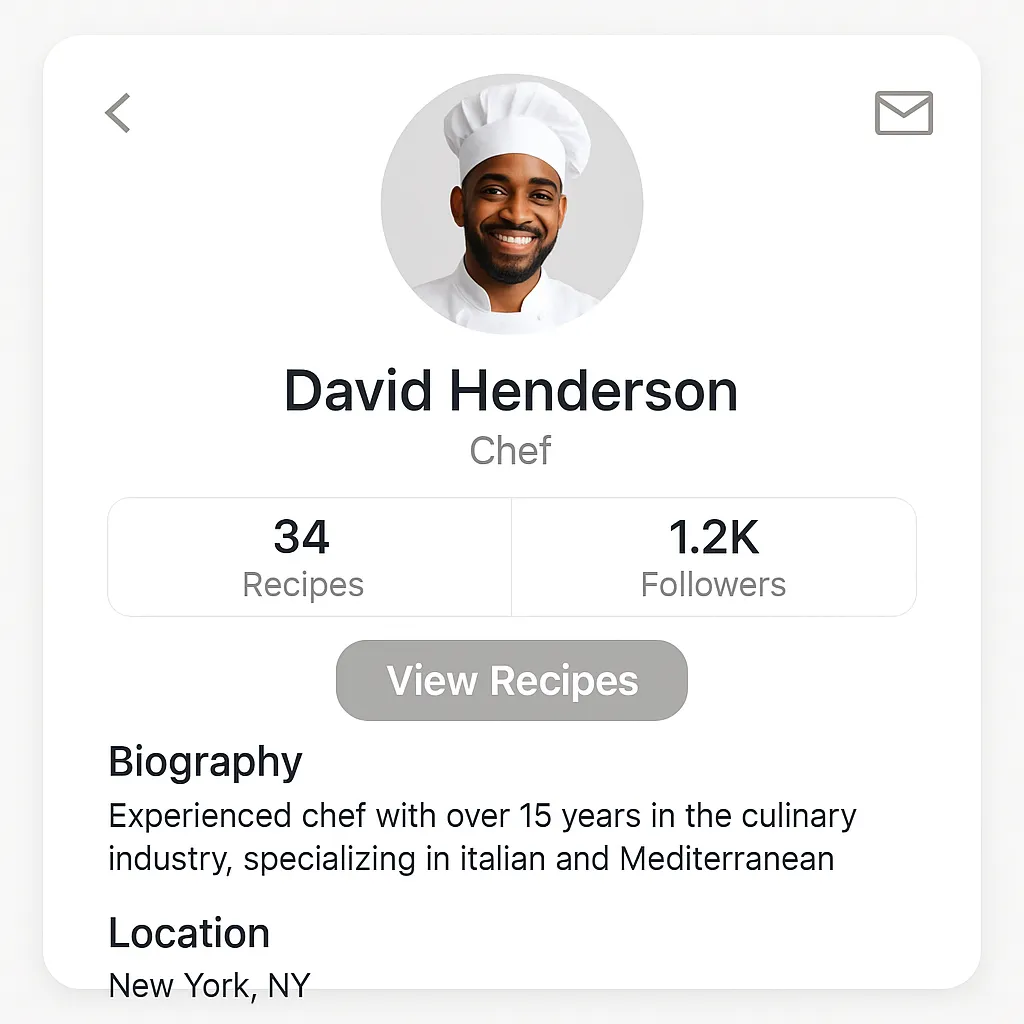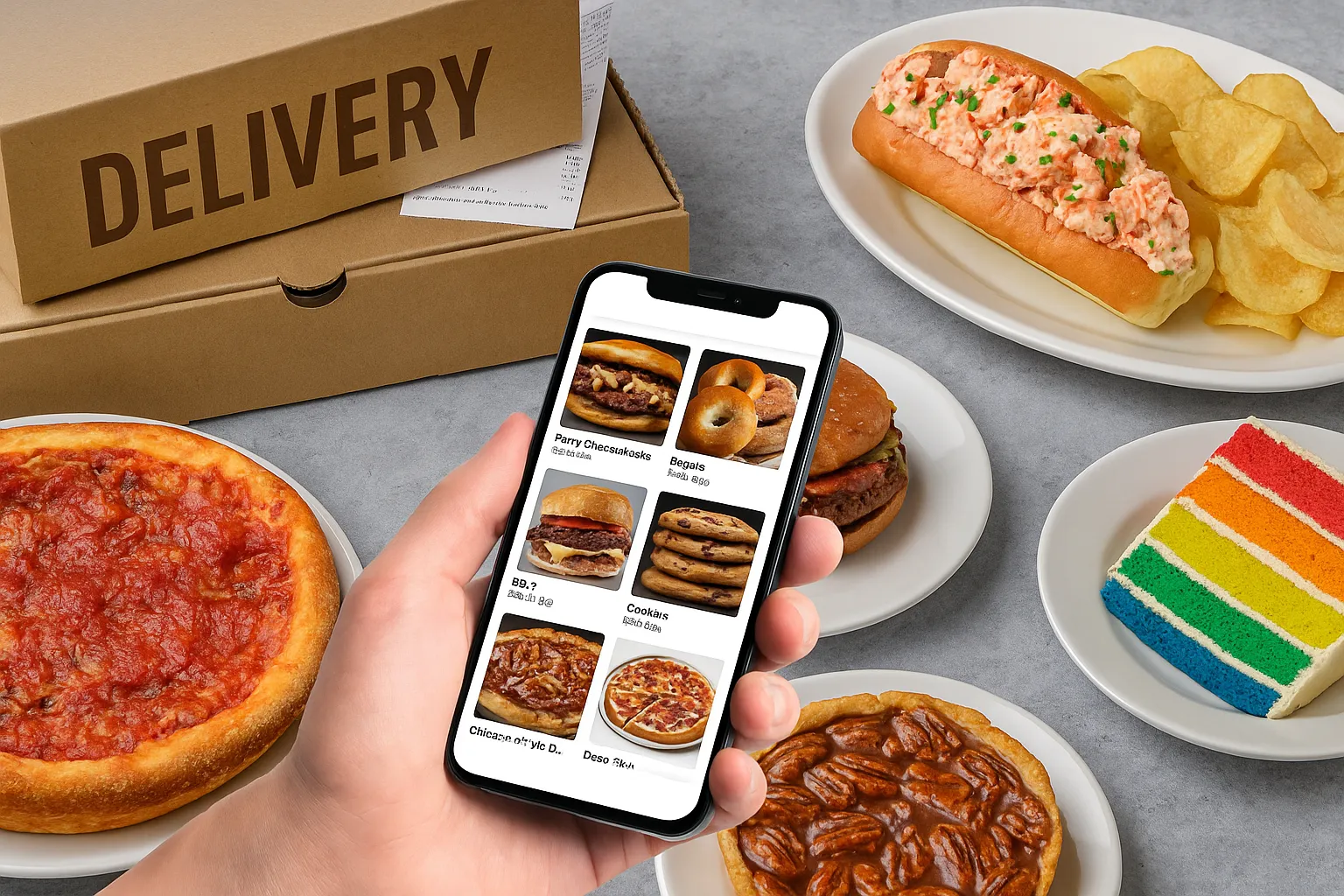So you’ve been binging food content on Instagram again, right? Scrolling past slow-mo cheese pulls and decadent cakes delivered somehow from New York to Nevada. And maybe—just maybe—you stumbled upon Goldbelly. It’s that magical place where you can get deep-dish pizza from Chicago or banana pudding from Brooklyn, all in a single click. But here’s the kicker: it’s not just a food site—it’s a full-blown experience wrapped in nostalgia and niche cravings.
Now, if you’re an entrepreneur, you’ve probably already felt the itch. “Could I build something like this… but localized? Or maybe niche-specific?” The answer is: yes. But before you go knocking on a developer’s door, let’s unpack the digital machinery behind Goldbelly. Because building a high-performance food delivery marketplace is more than slapping menus on a screen—it’s about blending logistics, UX, passion, and a little storytelling finesse.
In this deep-dive, we’ll unravel Goldbelly’s top features, from curated culinary collections to cold-chain magic. Whether you’re thinking of launching your own gourmet food marketplace or cloning a platform that makes flavor go viral—Miracuves is your behind-the-scenes tech co-pilot. Let’s dig in.
What is Goldbelly?
Goldbelly isn’t your everyday delivery app. It’s not Uber Eats. It’s not DoorDash. It’s the Etsy of food—a curated marketplace that ships iconic meals from beloved eateries across the U.S. straight to your doorstep. Think artisan, think nostalgia, think shipping a lobster roll from Maine to Miami.
This isn’t just logistics—it’s food storytelling. Every dish comes with a background, often bundled with a founder story, a quirky chef anecdote, or a tale of a 3-generation-old bakery that beat the Great Depression.
Want to Build Your Own Food Delivery Marketplace App? Let’s help you blueprint one that scales like a rocket.
Read more: What is Goldbelly App and How Does It Work?
Core Features That Make Goldbelly Irresistible
1. Nationwide Food Delivery Logistics
Goldbelly’s USP lies in its complex yet seamless logistics system. It offers:
- Nationwide shipping via FedEx/UPS
- Cold chain packaging using dry ice and temperature-controlled boxes
- Order tracking & delivery guarantees

This infrastructure makes it possible to deliver perishable foods coast to coast without them turning into culinary roadkill.
2. Culinary Collections & Curated Themes
Goldbelly doesn’t throw random listings at users. Instead, it curates food experiences:
- “Best of New York”
- “Black-Owned Restaurants”
- “Desserts That Broke the Internet”
- “Father’s Day Feasts”
These themed categories tap into emotional buying. People don’t just shop—they feel. This elevates conversions and average cart values.
3. Brand & Chef Pages
Each restaurant or chef gets their own storefront-like experience. These profile pages include:
- Backstory & ethos
- Signature dishes
- User reviews
- Behind-the-scenes photos
Think of it like Shopify meets MasterChef.

4. Gift Cards, Subscriptions & Corporate Gifting
Goldbelly plays the long game. Monetization isn’t just about one-time orders. Key features include:
- Digital gift cards
- Monthly subscriptions (BBQ Box, Cake Club)
- Corporate gifting with bulk order automation
This opens up new revenue streams while gamifying retention.
5. Filters That Think Like Foodies
From dietary preferences (gluten-free, vegan) to meal types (breakfast, mains, dessert), the search & discovery experience is sensory and specific.
It’s built for craving-based exploration—not robotic checkbox menus. Even holidays and occasions are built into the filter matrix.
6. Stellar Product Pages with Heat-and-Eat Instructions
Each listing isn’t just “Add to Cart.” It’s a sensory storybook. You’ll find:
- High-res images (and sometimes videos)
- Ingredients & allergens info
- Reheating instructions
- Packaging previews
Goldbelly ensures the user knows exactly what they’re unboxing—even before checkout.
7. Seamless Checkout With Transparent Shipping
One of the biggest UX wins is how Goldbelly handles shipping:
- Displays earliest delivery date by ZIP
- Shows real-time shipping fees
- No surprise costs post-cart
This clarity reduces cart abandonment and builds trust.
8. Food Experiences & Virtual Classes
Goldbelly doesn’t just ship food—it sells experiences. Users can sign up for:
- Live Zoom cookalongs with chefs
- Holiday cooking kits for families
- Team-building baking experiences
It blurs the lines between e-commerce and entertainment.
These virtual classes spiked during the pandemic and are still in demand among remote teams and foodie communities.
9. Customer Loyalty & Gamified Promotions
Beyond basic discounts, Goldbelly runs:
- Limited-time drops (“Only 25 kits left!”)
- Holiday exclusives
- “First Dibs” access for loyal customers
The platform knows how to hype food—and reward returning users with access rather than just price cuts.
10. Review Engine That Tells Stories
Goldbelly’s review system isn’t just about stars. It encourages:
- Full narratives from buyers (“My grandma cried when she ate this pie…”)
- Photos of the actual food upon arrival
- Celebration moments (birthdays, anniversaries)
Social proof + emotional validation = repeat purchases.
Features Table: What You Need in a Goldbelly Clone
| Feature | Description | Revenue Impact |
| Nationwide Delivery | Cold-chain logistics | Expands user base |
| Curated Collections | Themed food discovery | Increases AOV |
| Subscriptions & Gifts | Monthly plans & cards | Retention & repeat |
| Experience Sales | Cooking classes | High-margin add-ons |
| Chef Profiles | Story-driven UIs | Brand loyalty |
| Review System | Photo + story uploads | UGC trust boost |
Why This Feature List Matters for Your Startup
In the crowded food delivery arena, differentiation = survival. You can’t just slap restaurant listings and hope for the best. Modern users crave storytelling, curation, and surprise.
Whether you’re launching a local-only twist (like “South Indian Delights”) or a regional farm-to-fork marketplace—Goldbelly’s feature set is your blueprint.
And the best part? You don’t have to build from scratch. At Miracuves, we’ve helped startups fast-track their launch with clone solutions that are fully customizable, fast, and designed to scale like sourdough in a warm kitchen.
Read more: Best Goldbelly Clone Scripts in 2025: Features & Pricing Compared
Conclusion
Goldbelly’s not just delivering food—it’s delivering moments, memories, and regional pride in a box. And it’s doing so with smart tech, stellar UX, and a hunger for brand storytelling. If you’re cooking up your own gourmet app idea, take a page from Goldbelly’s cookbook.
The food tech space is only heating up. Ghost kitchens, hyperlocal food networks, and AI-powered personalization are just the appetizers. If you want in on this banquet, now’s the time to roll up your sleeves.
At Miracuves, we help innovators launch high-performance app clones that are fast, scalable, and monetization-ready. Ready to turn your idea into reality? Let’s build together.
FAQs
Q:1 What makes Goldbelly different from regular food delivery apps?
Unlike Uber Eats or Grubhub, Goldbelly focuses on shipping iconic meals nationwide from famous eateries. It’s about culinary storytelling, not local takeout.
Q:2 Can I launch a Goldbelly clone for my city?
Absolutely! A regional or niche-focused version of Goldbelly could thrive—especially if you have access to unique food makers or underserved cuisines.
Q:3 What tech stack do I need to build a Goldbelly-style app?
You’ll need frontend frameworks (like React or Flutter), a backend for logistics and orders, APIs for payments, and cloud storage for media and packaging data.
Q:4 How does Goldbelly handle shipping perishable items?
Goldbelly uses insulated packaging, dry ice, and partnerships with express shipping carriers like FedEx to ensure food arrives fresh and safe.
Q:5 Do customers really buy food from across the country?
Yes! Especially during holidays or for gifts. Nostalgic food cravings, corporate gifting, and foodie fandom drive serious demand.
Q:6 Can Miracuves help customize a food delivery platform for my brand?
You bet. We offer tailored clone development that matches your vision, niche, and monetization model—without bloated dev timelines or costs.
Related Articles:
- Essential Swiggy Features for Delivery App Startups
- What is Foodpanda App and How Does It Work?
- Build a Food Delivery App Like ChowNow: Business Model, Features, and Costs
- What is HungerStation App and How Does It Work?
- How to Build an App Like JustEat: A Full-Stack Developer’s Guide to Clone App Development








